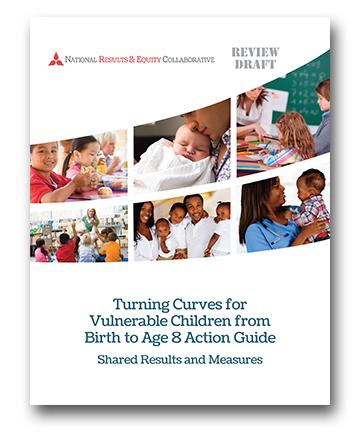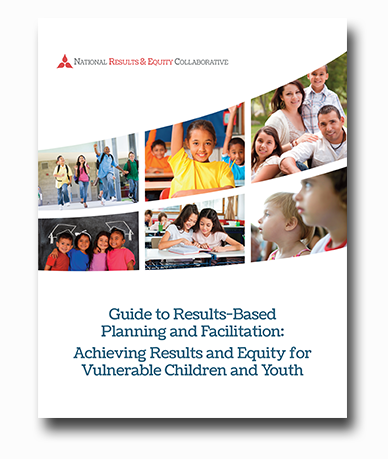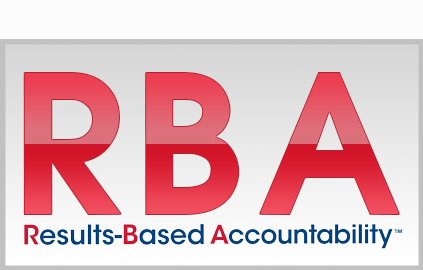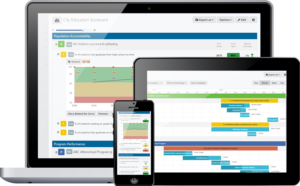NREC Tools and Resources Overview
NREC and its partners are using, collecting and creating tools to help communities make measurable improvements and achieve greater equity for children and families. One of the founding NREC goals is to create a common language, approach and suite of tools to support the work of local leaders. This alignment will enable national intermediary organizations and TA providers to avoid using competing approaches that can slow progress.
This library of tools intended to foster collaboration and capacity building among local, state and national leaders and will grow over time as current and future partners contribute to a curated online resource library. This section includes an array of tools currently being used by founding NREC national partners.
Additional Tools and Resources
NREC partners plan to support the ongoing development of tools that will be made available via this website, including:
- Additional Results and Indicator templates, and templates for program, agency and service system performance measures that aligning their work for collective impact
- Mapping of the overlapping children and youth related collective impact and/or system change initiatives in different cities and communities across the country.
- Facilitation, training and leadership development tools
Shared Results and Measures Review
You’re invited to review the newest NREC action guide: Turning Curves for Vulnerable Children from Birth to Age 8 Action Guide: Shared Results and Measures, the first in a series of tools being developed by NREC partners. It recommends a set of core results and indicators for communities working on improving results for children from birth to age 8.
This tool is offered as a launching point to align common results and track progress across multiple initiatives. This guide was created by NREC partners as a working draft now being shared for review by researchers, experts, policymakers, leaders, funders and others to learn how it can best be used and how it can be improved before it is issued in final form.
Download the Draft
Guide to Results-Based Planning and Facilitation: Achieving Results and Equity for Vulnerable Children and Youth.
This guide points the way to using a disciplined strategic planning approach to community-wide positive change for children from birth to age 8. Designed for community leaders in all sectors working together to both do the right things and to do those things well.
Download the Guide
Results-Based Accountability Planning and Management Framework
NREC partners have agreed to use the Results-Based Accountability™ (RBA) strategic planning and management methodology as defined by Mark Friedman in the book, Trying Hard is Not Good Enough in their teaching, training and technical assistance. This strategy supports a common language and common approach for local leaders to be able work towards collective impacts.
For more information, please see:
-
ResultsAccountability.com – Mark Friedman’s Fiscal Policy Studies Institute website
-
RAGuide.org – The RBA Online Implementation Guide
-
10 page RBA Guide for Guide for Facilitators and Leaders
-
PolicyforResults.org – Center for the Study of Social Policy website promoting a Result-Based approach to public policy
Clear Impact Scorecard Software
Results Scorecard is a software tool built specifically to support the implementation of RBA. Most NREC partners have chosen to make the Clear Impact Scorecard software available to their local affiliates. Visit Clearimpact.com for more information.
Key Benefits to NREC:
-
Provides Real-time, Interactive Scorecards
-
Virtual RBA Facilitator helps build partners’ capacity to use RBA
-
Connects all partners to share data, coordinate efforts, and create collective impact.
-
Enables partners to share scorecards & measurable progress with the public via their website and social media.
Population Result and Indicator Templates
Feel free to use the construction of these templates as examples if they will be useful to planning on behalf of the children and families in your community:
Coalition for Community Schools – Coming Soon
Choice Neighborhoods – Coming Soon

Other software tools for different purposes
In addition to the Results Scorecard, NREC partners are using various other complementary software tools for supporting purposes. For example, data collection software can be used to collect the information needed to populate the Results Scorecard. Mapping software can also be useful to visualize disparities across locations and to understand if services are being provided in the communities that need them. Below is a list of the tools being used by a few of the NREC partners:
Data collection:
Mapping:
National Partner Resources
Tools and resources provided by some of the NREC national partners.




